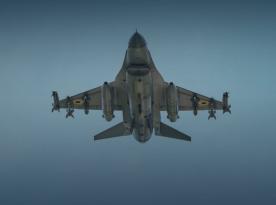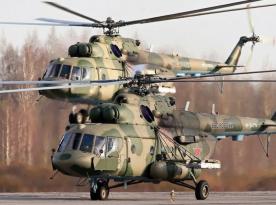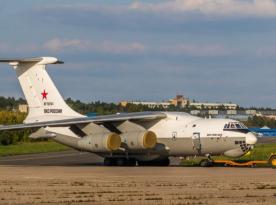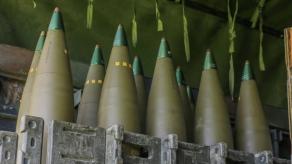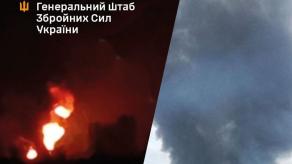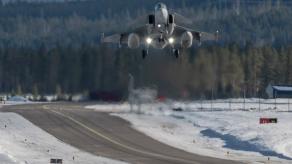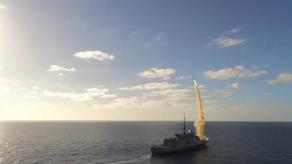Open-source intelligence indicates that russia has been concentrating a significant part of its strategic aviation at the Belaya air base, 85 km from the city of Irkutsk, Siberia. Being as much as 4,000 kilometers from Ukraine, it cannot be simply explained with the ongoing war effort. Satellite imagery in public access allows for an approximate estimate of russian bombers' number on the site.
As of May 7, 2025, as many as 42 Tu-22M3 aircraft were gathered at this airfield, accompanied by seven Tu-95MS and seven Tu-160 bombers. The breakdown was provided by the AviVector online community.
Read more: russia's Belaya Air Base in Siberia Sees Buildup of russian Tu-95MS and Tu-22M3 Strategic Bombers and Possibly Kinzhal-Carrying MiG-31 Aircraft
In addition, the presence of 26 MiG-31 aircraft was also recorded at Belaya. In this case, those may include not only the MiG-31K known as the carriers of Kinzhal ballistic missiles, but also standard MiG-31B/BM interceptors.
In addition, seven An-26, one An-12 and one An-124 transport aircraft were spotted there. Probably, some of these airlifts were used to deliver cruise missiles to the Belaya airfield, while others use the location as a permanent deployment base.
That said, the concentration of 42 Tu-22M3 (*mostly non-operational) bombers at Belaya is abnormal, as it would be more than 80% of russia's entire fleet of active aircraft of this type in one time and space. Usually, only one of the three Tu-22M3 units is permanently deployed at this airfield, the 200th Guards Heavy Bomber Aviation Regiment.
For comparison, here are some photos of the same Belaya airfield on May 5, 2025 from OSINT analyst MT Anderson. Just two days before, only nine Tu-95MS bombers and four Tu-160 could be seen there. Evidently, many if not all the new aircraft arrived in such a short span. Here's our overview from May 6.
From a broader perspective, shuffling strategic bombers in and out of Belaya air base is not too uncommon. Moreover, the numbers tend to go up and down quite often, though not at such scale. Presumably, the main purpose of these maneuvers is to mislead Ukraine and the West about the system according to which russian strategic aviation operates and use the unpredictability factor to increase chances of success in new strikes on Ukrainian critical infrastructure.
Update: to further clarify the matter, as later explained by AviVector, most of the Tu-22M3 aircraft deployed at Belaya are non-serviceable and only used as donors of spare parts:
"The number of Tu-22M3s at Belaya remains largely unchanged. Most of those observed at Olenya are donors, have been stationed there for a long time, and aren't actively used aircraft."
Here's how it transpired. The mistaken parts of the original post were corrected to avoid further confusion.
We appreciate the trust of Ukrainian media, but we must clarify that we have not reported any redeployment of 40 Tu-22M3 bombers from Belaya Air Base to Olenya Air Base. This information does not reflect our observations.The number of Tu-22M3s at Belaya remains largely… pic.twitter.com/vz8NXUKv0C — AviVector (@avivector) May 29, 2025
Read more: russians Complain to New Syrian Authorities of Ukrainian Sabotage Amid Losses at Khmeimim Airbase





